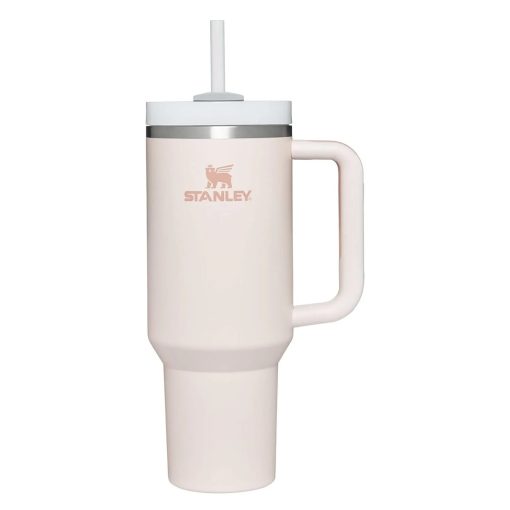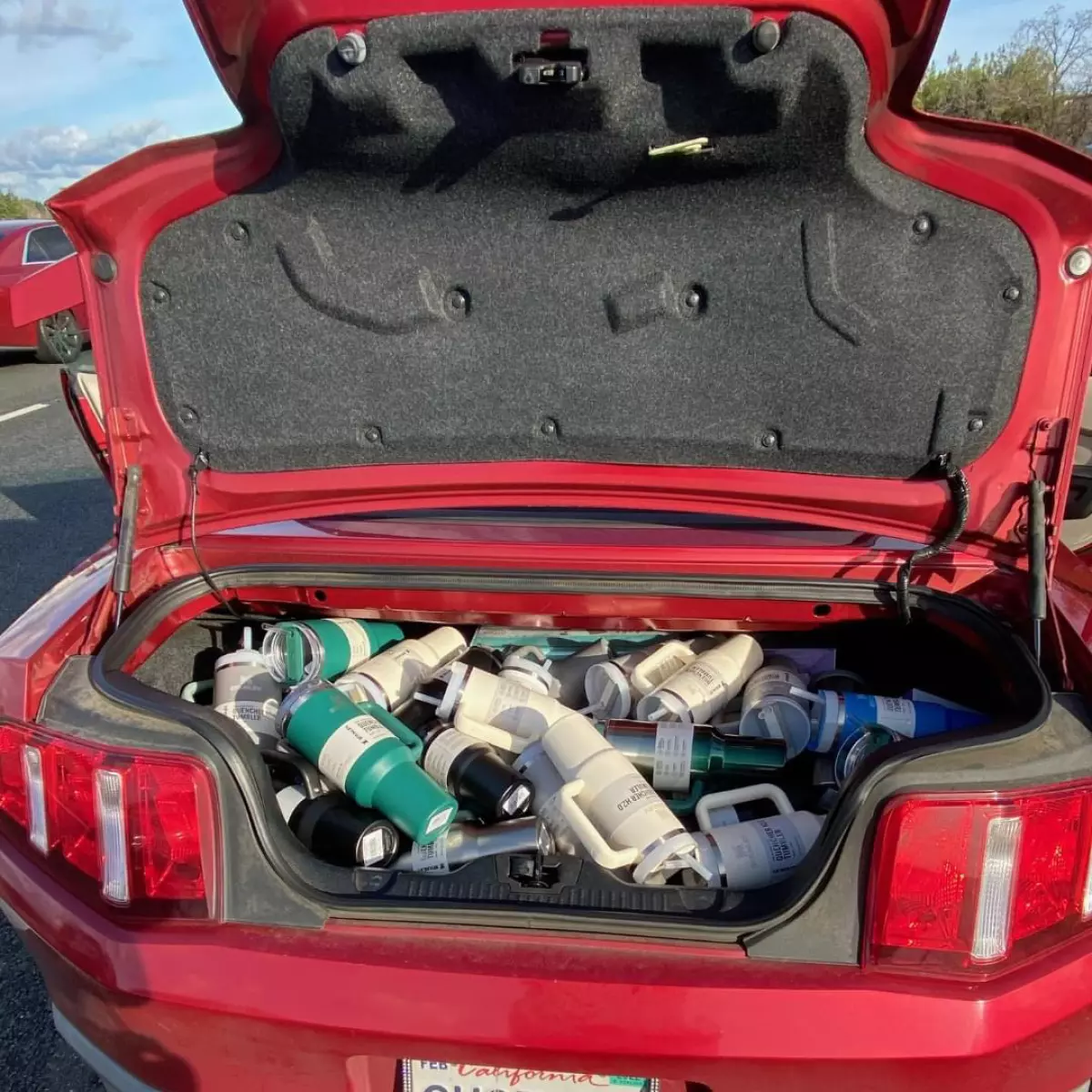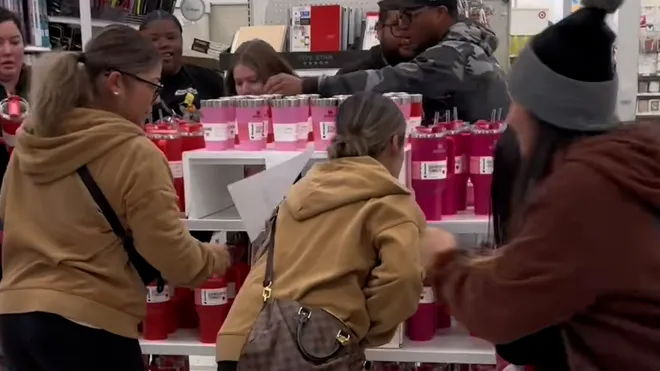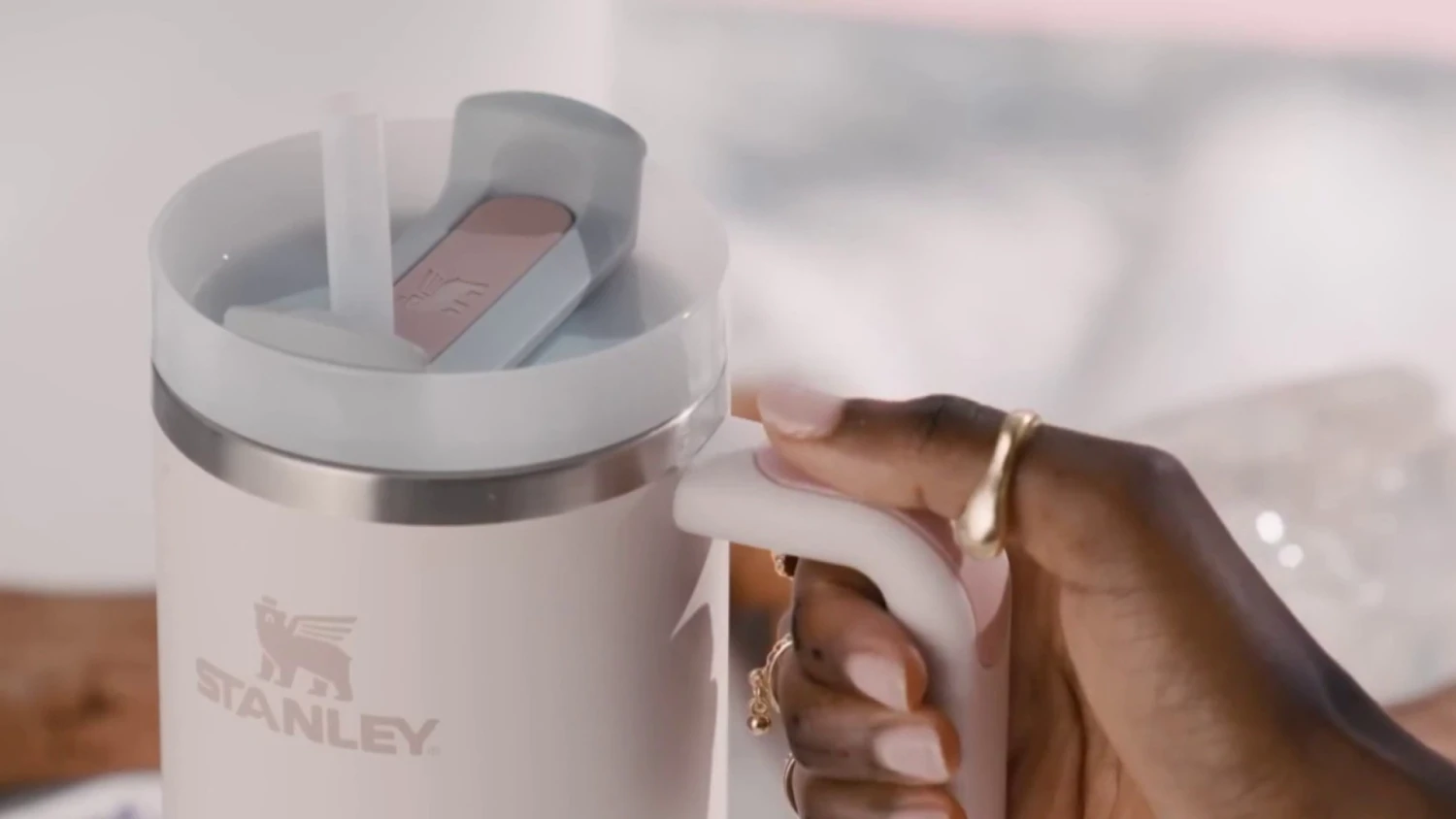At the end of the day, Stanley Cups are just water bottles, so you’d be forgiven for wondering why they have become such a social media sensation. Of course, their reusability has some appeal for sustainability warriors and they play into trendy water intake goals, but the hype surrounding these cups clearly has a lot more to do with the Gen Z and Millenial generations’ obsessive love of things. In the backdrop of late-stage capitalism, these bizarre and fleeting shifts in consumerist behaviour are a grim sign of what’s to come.


As far as objects go, the Stanley Cup has its perks. It’s vacuum-insulated and designed for convenience with a car-friendly small base and a rotating lid. With a 40-ounce capacity, side handles, and plastic straws, these tumblers not only boast quality but also aesthetic appeal. The cup has various colour ranges and customizability, but beyond functional prowess and aesthetics, the Stanley Cups’ durability has contributed to its success.
Established in 1913, Stanley is a 111-year-old drinkware brand, celebrated for its high-quality, durable products. The brand introduced the Quencher in 2016, gaining significant traction in 2017, eventually surging Stanley’s revenue from $73 million in 2019 to $750 million in 2023, with the Quencher as the best-seller. The brand’s President Terrence Reilly attributes the success to his experience running Crocs, where he learned the power of social media.
So when Stanley Cups took over TikTok after a video showing one surviving a car fire went viral, gaining 94 million views, it was logical to wonder whether the vlip had been staged. Following the hype, the company to publicly replaced both the cup and the car. Since then, online reviews, viral challenges, and influencers like Molly-Mae have helped raise the Stanley Cups’ profile, making it a must-have for young people with FOMO.

In what seems like a dystopian daze, it’s as if people are possessed by the Staley Cup mania. Viral incidents at stores like Target and Starbucks are an absurd combination of glee and aggression. One social media caption proudly read, “Getting trampled for a Target Stanley Valentine’s Cup.” When the Starbucks cup was released, a TMZ video captured an attempt to steal cups, which led to a scuffle. An LA Times article reported on a woman who was arrested for stealing $2500 worth of Stanley Cups.


Tons of TikTok videos show the frenzy around various Stanley Cup releases, from fans camping outside stores to chaotic scenes reminiscent of Black Friday sales. Priced at $45, the limited-edition Valentine’s Day Stanley Cups, including the Quencher H2.0 FlowState Tumblers in Cosmo Pink and Target Red from the “Galentine’s Collection” had people in a tizzy and swiftly sold out online and in Target stores across the United States.

Priced from $20 to $60, the range’s budget-friendly alternatives range from $35 to $45 (in South Africa, the cups go for around R1,299), the trend-chasing inspired by the Stanley Cup raises concerns about class-related implications and societal pressure, especially for young ones. The sought after cups have made it onto holiday wish lists across the globe, with all demographics pining for these expensive items, whether they can afford it or not.
Beyond the personal implications, this consumerist trend has an impact on the planet as a whole. The Stanley Cups resale market has become quite lucrative, with prices on eBay soaring up to $240. With people buying multiple cups in order to make a profit, the tragic irony and bitter contradiction is that this has increased wasteful consumer behaviour, despite the brand’s environmentalist messaging. It’s all well and good now when it’s just a fad, but the overall long term consequence of trends like this will be dire.
Social media giants have the opportunity to influence consumer behaviour to encourage mindful consumption and consumers themselves should be held accountable for their wasteful spending habits. In the same way there’s pleasure in succumbing to impulsive shopping, there should be some satisfaction in resisting the urge to buy anything and everything. Resistence may not look as cool, but it will surely be for the greater good.
*Thumbnail Image courtesy of Stanely1913



















































